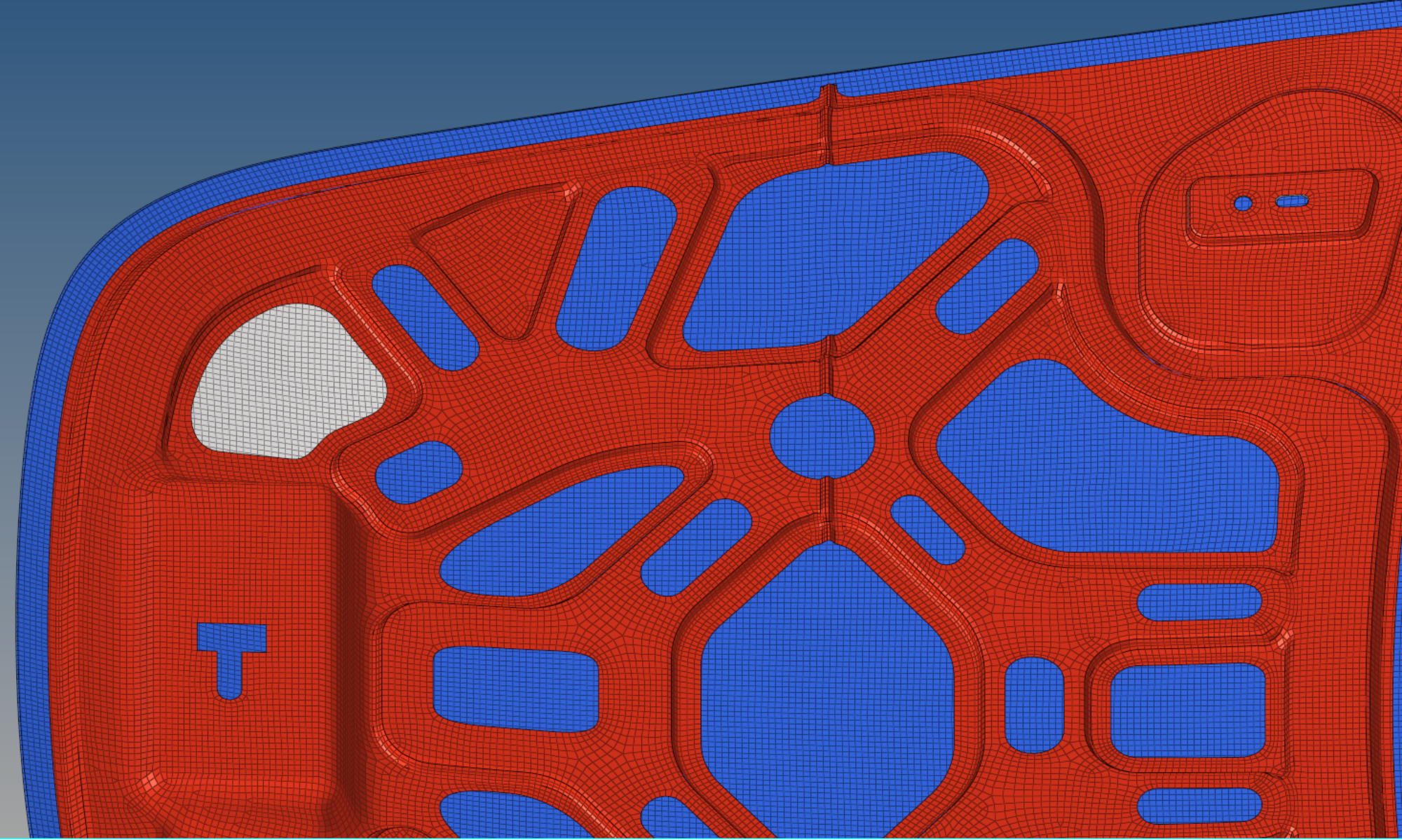In a dynamic event such as a collision or an impact, the structure's durability and rigidity is assessed. Take the example of an automotive crash. The crash event spans only a few milliseconds, right from the start point of the impact (global impact) to the vehicle coming to the rest. In-between these few milliseconds, a tremendous amount of external energy is transfered to the vehicle which propagates throughout its entire length. The impact finally comes to the rest all the while bringing heavy deformations to the structure which got involved in it.
In a low-velocity head-on crash, the occupant is less likely to receive strains from the collapsing front of the car as compared to a side-on crash where the collapsing structure is a mere door assembly. However, when viewed in terms of relative force vectors, front-on collision is equally severe because the vehicle is moving in the direction of impacting agent as opposed to the side-on case in which the vehicle is in phased motion with the impacting agent.
Vehicles in the present age are modern and have the ability to absorb much of the impact energy via a simple solution - Crash box. These are hollow-tubes/columns placed at the front extremes in attachment to mid-rails. They are designed to deform & cripple uniformly and ensure that the cabin space is not intruded. The whole idea is to attenuate the energy of impact and provide cushion to decay the energy levels in the colliding bodies.
Looking at the force vs time plots below for three modifications, we observe and understand the influence of the location of initiator entities in the uniformity of rupture that takes place throughout the column. Moreover, there is a heavy emphasis on maintaining the "Line of Force" while the event of crash is on-going.
-- This video shows the plastic strain generated in the walls of the continuous crash-tube. The rupture is symmetric across the flanges and buckling of the region near the rigidwall projects well the nonlinear contact and strains among the same component.
-- The collapse of the crash-tube module in this movie is observed to be unsymmetrical . However the centre of the line of force is maintained at nearly the same location. The mere presence of initiator notches on the component does not guarantee full energy absorption, which suggests that their location on the component is more critical and decisive if we want to optimise the specific energy absorption (SEA).
-- This video shows the pattern of deformation in the tube when the component walls have beads and patches of notch. We observe that instead of buckling in the direction of force, the column ruptures only at the mid region. This affects the impacting force's line of action. The force drifting to one side and the component not able to cushion the impacting force is a bad design.
